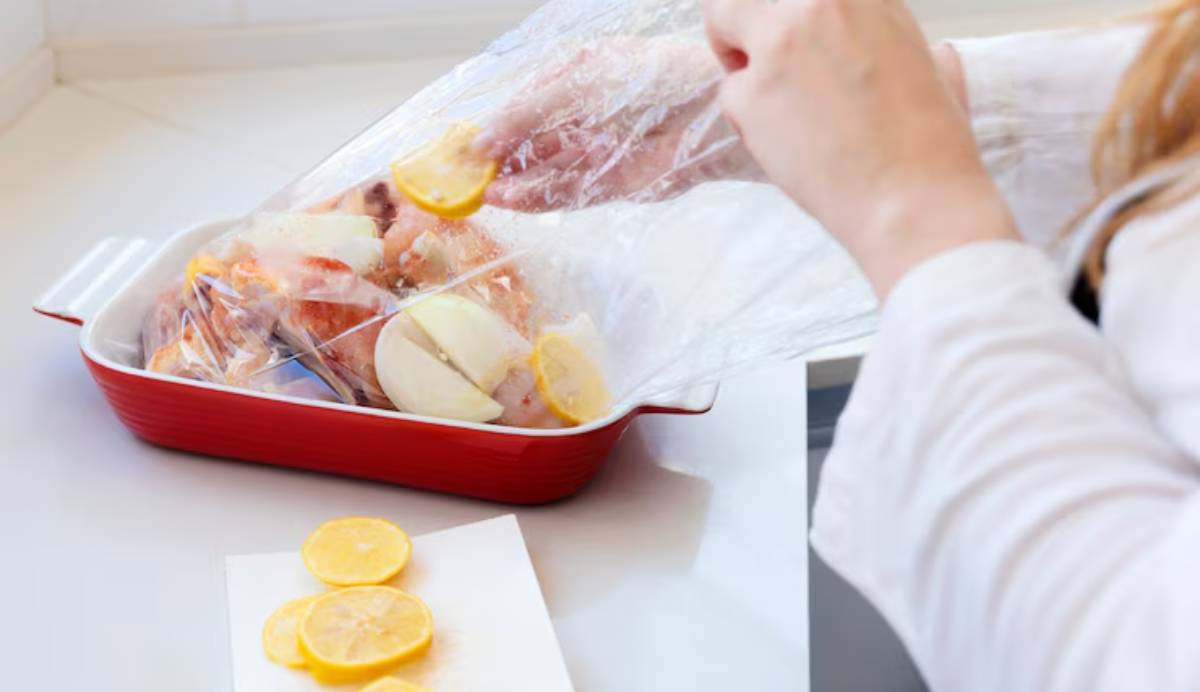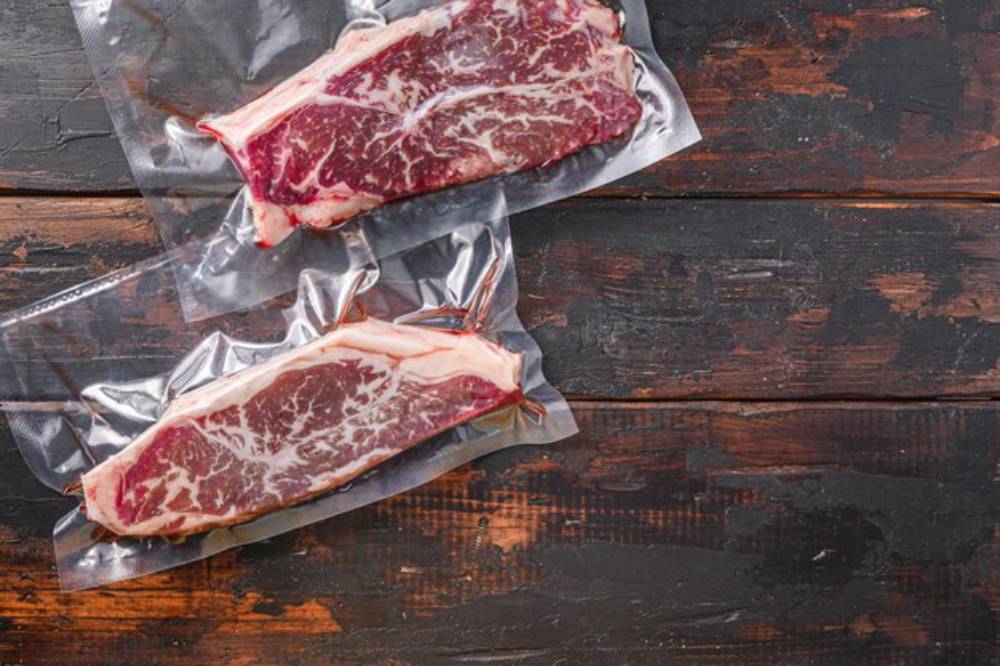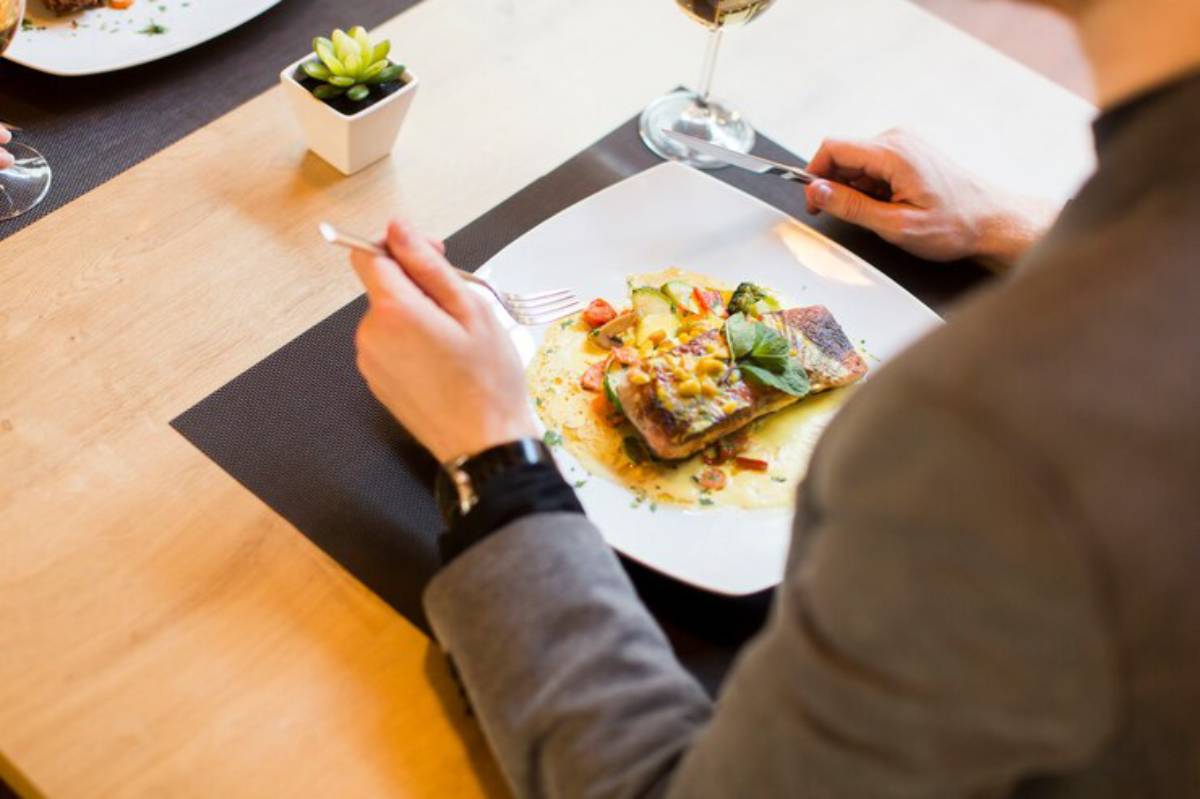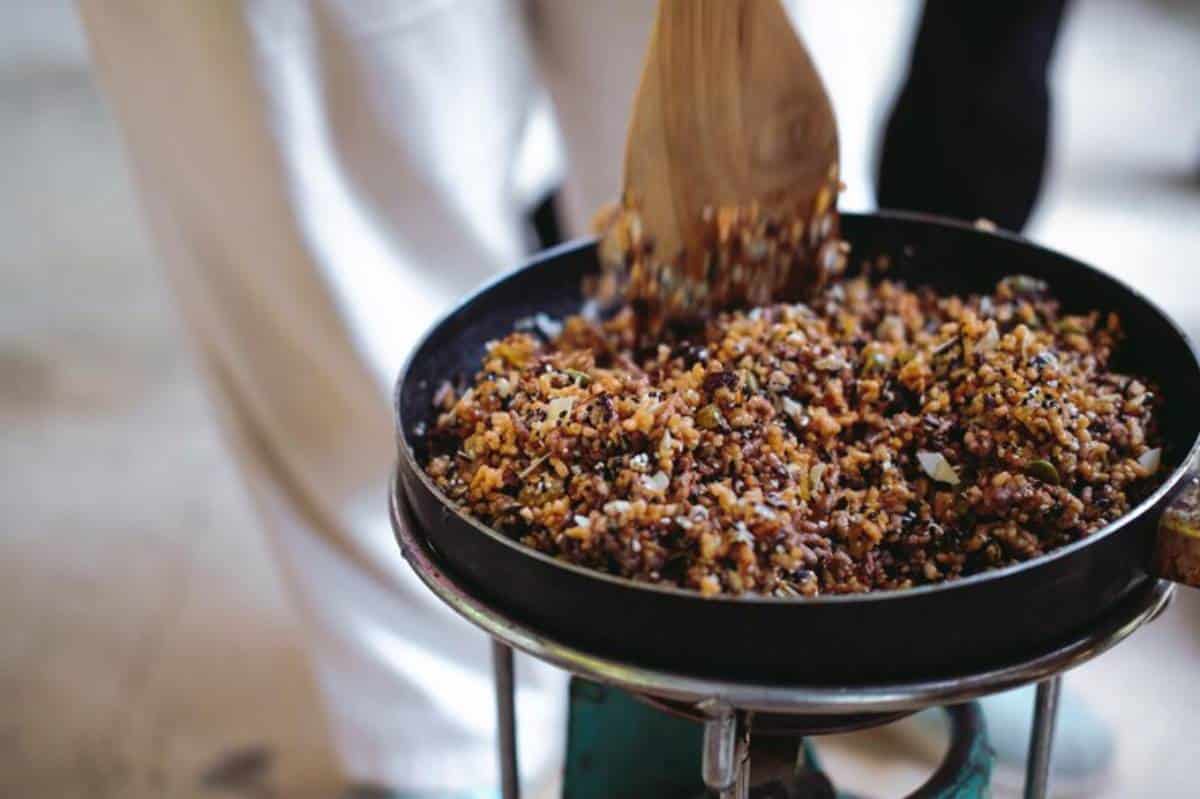
Sous Vide 101: Everything Beginners Need
If you’ve ever cut into a steak and found it dry around the edges and raw in the centre, or spent hours fussing over a roast only to feel underwhelmed by the result, sous vide might just be the game-changer you didn’t know your kitchen needed.
A technique once reserved for high-end restaurants and food science labs, sous vide cooking has found its way into home kitchens across the world — and for good reason. It’s simple, precise, and it delivers consistently exceptional results. But like anything unfamiliar, it can feel a bit daunting at first.
This guide is here to strip away the confusion. We’ll walk you through the sous vide basics, demystify the gear, help you sidestep common mistakes, and share practical examples so you can start cooking with confidence. Whether you’re a curious foodie or on a journey to elevate your beginner gourmet cooking, this home sous vide guide has got you covered — water baths, vacuum bags and all.
What Is Sous Vide, Exactly?
Gentle cooking, precise results
Sous vide (pronounced “soo veed”) means “under vacuum” in French. It’s a cooking method where food is sealed in a bag and cooked slowly in a water bath at a very specific temperature. The goal? To achieve perfect doneness, edge to edge.
Rather than blasting your food with heat and hoping it stops at the right internal temperature, sous vide brings the entire item up to that temperature — and keeps it there — without the risk of overcooking.
Why does it work so well
- Precision: Food is cooked to exactly the right temperature — no guessing.
- Consistency: No more dry chops or rubbery fish.
- Control: You don’t need to babysit the stove or oven.
- Enhanced flavour: Sealing in the juices and cooking slowly amplifies natural taste.
Think of it like setting a hot tub to the perfect temperature for your salmon, steak, or eggs — and letting it relax until it’s just right.
The Core Equipment You Need
Immersion circulator
This is the heart of any sous vide setup. It clips onto the side of a pot or container and heats the water to your desired temperature, circulating it for even cooking.
- Look for: Accurate temperature control, quiet operation, and a timer function.
- Top picks: Brands like Anova, Joule, and Inkbird are favourites among home cooks.
Vacuum sealer or resealable bags
You need to keep food sealed during cooking. A vacuum sealer removes all the air, which helps with heat transfer and prevents floating. However, you can also use the water displacement method with resealable bags.
- Hack: If you’re cooking longer than 4–6 hours or sous vide frequently, invest in a vacuum sealer. For occasional meals, resealable freezer bags will do just fine.
A large pot or heat-safe container
Any pot big enough to hold your water and food bag will work. Some cooks use clear polycarbonate containers with lids and custom cut-outs to minimise heat loss.
- Optional: Get a lid or use ping pong balls on the surface to prevent evaporation during longer cooks.
Kitchen torch or cast iron pan (for finishing)
Sous vide food often needs a finishing sear to develop a crust. A blazing hot skillet or torch will give you the golden browning and texture you want without overcooking the inside.
What Can You Cook with Sous Vide?
The short answer? Almost anything. But here’s what beginners love starting with:
Steak

This is the poster child of sous vide — and for good reason. Cooking steak sous vide gives you perfect medium-rare throughout, with none of the grey band around the edges. Then you sear it for 30 seconds per side for that restaurant-quality crust.
Chicken breasts
Sous vide chicken is impossibly tender and juicy. No more stringy or dry meat — ever.
Salmon and other fish
Delicate proteins like salmon benefit immensely from sous vide’s low, gentle heat. You can cook it to exact doneness without risk of overcooking or falling apart.
Eggs
From jammy yolks to soft-poached to fully hard-boiled, sous vide eggs give you consistency every time.
Vegetables
Carrots, beets, and asparagus are all fair game. Some need a quick blanch or sauté after, but the sous vide base ensures they’re perfectly cooked without becoming mushy.
And if you’re looking to go deeper, explore how to make gourmet vegetables with sous vide for rich, tender, restaurant-level vegetarian sides.
Common Questions (and Honest Answers)
Isn’t it just boiling food in plastic?
No — sous vide uses lower temperatures than boiling, and the food isn’t exposed to the water itself. The plastic bag acts as a barrier. That said, always use food-safe, BPA-free bags designed for heat.
Is it safe to cook meat at such low temperatures?
Yes — provided you cook for the correct amount of time. The temperature and time work together to pasteurise the food. For example, chicken cooked at 63°C for 90 minutes is just as safe (and more delicious) than pan-fried chicken at 74°C.
Can I reuse bags?
Vacuum bags are usually single-use. Resealable bags can be reused if they’re washed properly and haven’t held raw meat. However, for food safety, avoid reusing bags that previously held proteins.
Real-Life Cooking Scenarios for Beginners
The weekday dinner saver
You can prep a few portions of chicken or steak, season and seal them, and store them in the fridge. After work, just drop one into your preheated water bath. No need to marinate, baste, or babysit. Finish in a pan while your salad comes together.
Hosting friends without stress
Want to serve five steaks at once, all perfectly cooked? Sous vide makes it effortless. Cook all the steaks ahead of time, then sear them one by one just before serving. Your guests will think you’re a professional chef.
This method pairs beautifully with the skills you’ll develop when plating like a pro, because presentation and precision go hand in hand.
Tips for Getting It Right from the Start
- Season lightly: Sous vide intensifies flavours. Salt, herbs, and garlic go a long way.
- Don’t skip the sear: It adds texture, aroma, and the all-important Maillard reaction.
- Watch your cook times: Food won’t overcook, but it can over-tenderise if left too long, especially with proteins like chicken or eggs.
- Preheat your bath: Saves time and keeps cooking precise.
Upgrading Your Sous Vide Setup Over Time
If you fall in love with sous vide (and most people do), you’ll likely want to upgrade bits of your kit.
- Dedicated sous vide containers: Often clear, marked with volume lines, and compatible with immersion circulators.
- Rack inserts: Keep bags upright and spaced, improving circulation and even cooking.
- App-connected circulators: Some devices sync to your phone so you can start or monitor a cook from another room.
- Cookbooks and time-temperature charts: Help you expand beyond the basics with trusted guidelines.
How Sous Vide Fits into a Gourmet Home Cooking Lifestyle
Sous vide empowers home cooks to reach gourmet levels of consistency — without slaving over the stove.
You gain:
- Confidence in results
- Freedom to multitask
- Better retention of nutrients and flavour
- A professional technique in a home-friendly package
And while it pairs perfectly with high-quality cuts and bold seasonings, it also shines when used for meal prep. You can cook protein or vegetables in batches for the week and finish each meal quickly without sacrificing taste or texture.
Conclusion: Start Sous Vide, Elevate Your Cooking

Sous vide may sound fancy — and it certainly delivers restaurant-quality results — but it’s one of the most approachable, beginner-friendly techniques available today. With just a few tools and a little understanding, you can bring precision, control, and consistently delicious food into your home kitchen.
So if you’ve ever felt like your meat never quite comes out right, or you wish your cooking felt less rushed and more refined, sous vide might be your next step. Start with a circulator, a pot, and your favourite cut of meat — and let the water do the work.
Your future meals will thank you.


